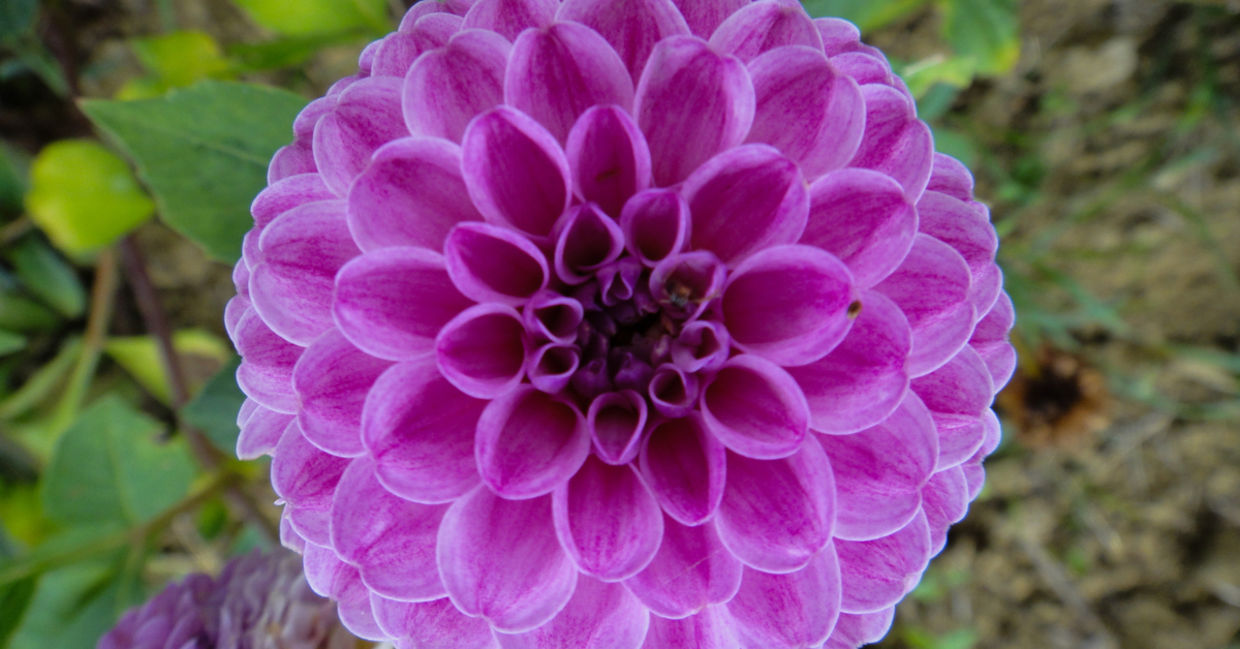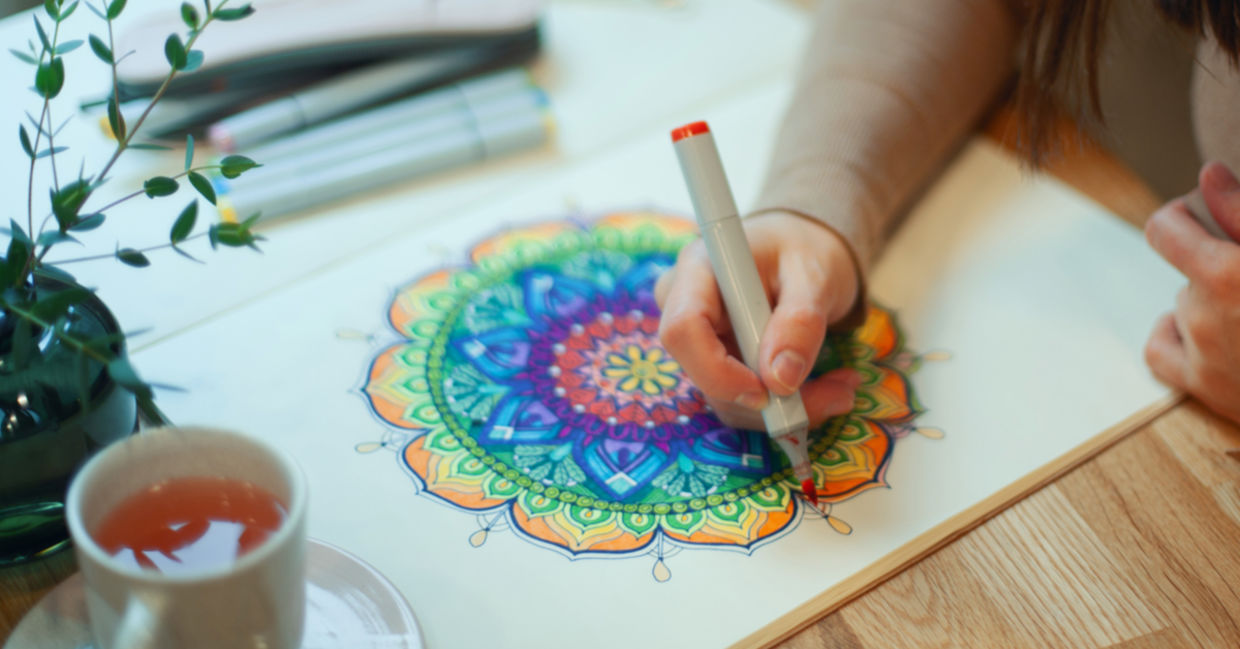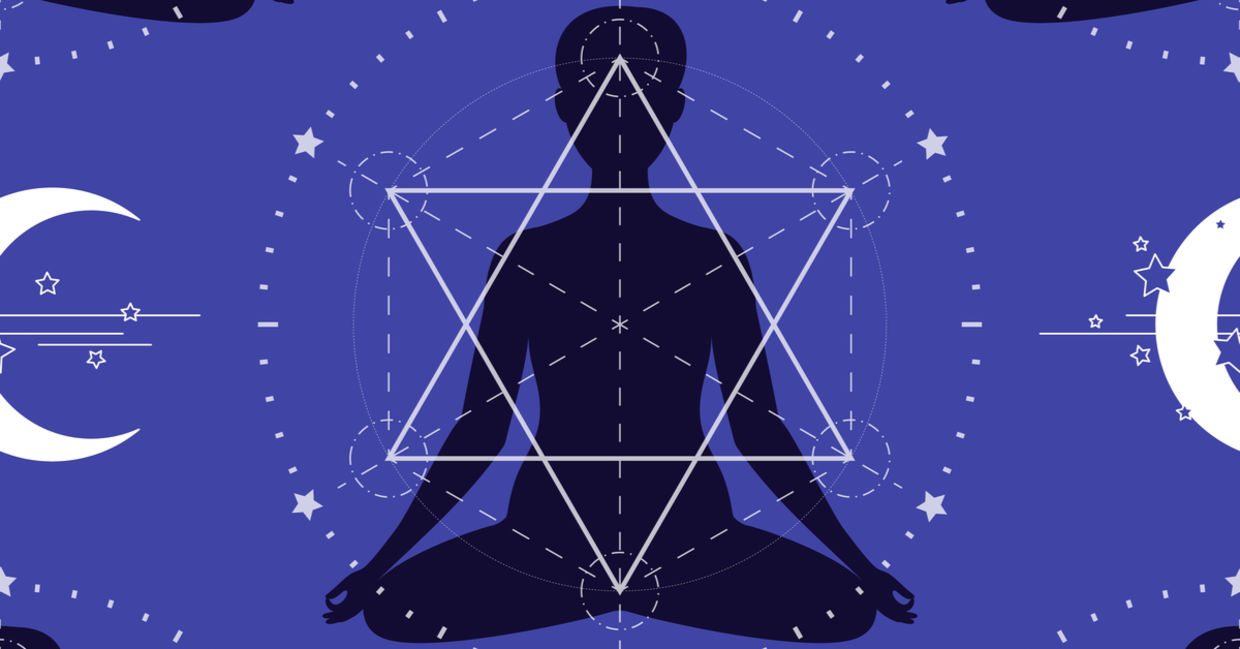
(Maja Antonia / Shutterstock.com)
From the hexagonal cells in a beehive to crystallized molecules in a snowflake, nature is formed from geometrical codes. This universal language is one of interconnectedness, beauty, and unity. Recognizing these exquisite patterns and understanding sacred geometry meanings may offer a spiritual awakening and a feeling of oneness and acceptance.
Some of the most basic shapes, as described in The Geometry Code, are the sphere, circle, spiral, point, and the flower of life, although there are many more complex forms. These intricate patterns in nature have been studied for millennia, with Plato writing about the universe being built from geometric patterns.
This spiritual approach has also been adapted by all major religions. Sacred geometry symbols influenced the structure of Stonehenge, the Pyramids of Giza, and medieval cathedrals.
Art also finds inspiration in these sacred shapes. Look closely at the patterns in a kilim carpet, Moroccan tiles, and arabesques in Islamic metalwork. Hindu mandalas combine circles and pentagons, while, according to Ancient-Wisdom, the Tree of Life in Jewish Kabbalah uses connected circles to show a map of creation.
Simply opening your eyes to the perfection in nature is elevating. Examine the spiral of a seashell, the petal on a flower, or the seeds in a pinecone. These shapes are all around us and, contemplating the double helix strands of DNA, also within. Other ways to connect with these sacred forms include meditation, drawing mandalas, and yoga. Practicing these can instill calm and a sense of oneness with the world.
Meditating
Focusing on sacred shapes creates an internal harmony and can be part of a healing journey. Ancients taught that sacred geometry symbols are teachers of the soul, as written on the wellness site Destination Deluxe. On a soul level, you have a lightbody, which is a combination of sacred geometry and light. It is your lightbody that radiates light energy and connects you to the infinite.
Try meditating by focusing on a sacred geometric form. Each shape has a specific energy, so try holding a few different symbols to find what you connect with. Many like to use crystals or the flower of life.
Sitting cross legged, according to Yoga International, is in itself a special meditative posture. In this pose, you become the 3D triangle; your legs are two corners, and reaching tall and straight, your spine and head form the third line.

(Shinonome Production / Shutterstock.com)
Drawing mandalas
Mandala is Sanskrit for circle. It is a geometric configuration that has been used by many eastern religions to impart wisdom about the soul and your inner world, according to Destination Deluxe. It can also be used to create mindfulness and calm.
Mandalas often incorporate circles, squares and the flower of life. Because of the repetition involved in drawing a mandala, creating a mandala becomes a soothing and meditative activity.
You can start in the center with a circle, then move outward, adding circles, petals, swirls, or whatever feels good! Check out the relaxing Lax Lifestyle art therapy videos devoted to creating mandala masterpieces!

(Kostikova Natalia / Shutterstock.com)
Practicing sacred geometry yoga
This is a combination of meditation and yoga. Doing a sequence of geometrical asanas or yoga poses while meditating on the shapes may help to heal and release.
Practicing yoga using many sacred geometry shapes creates the physical harmony found in sacred geometry, as explained on Forte Yoga. For example, the arm balance scorpion pose mirrors the complex, sacred shape of the golden ratio, while the lotus pose mirrors an interlocking triangle. To enhance meditation and imbue positive focus, try using colorful sacred geometry yoga mats.

(DaryaSuperman / Shutterstock.com)







